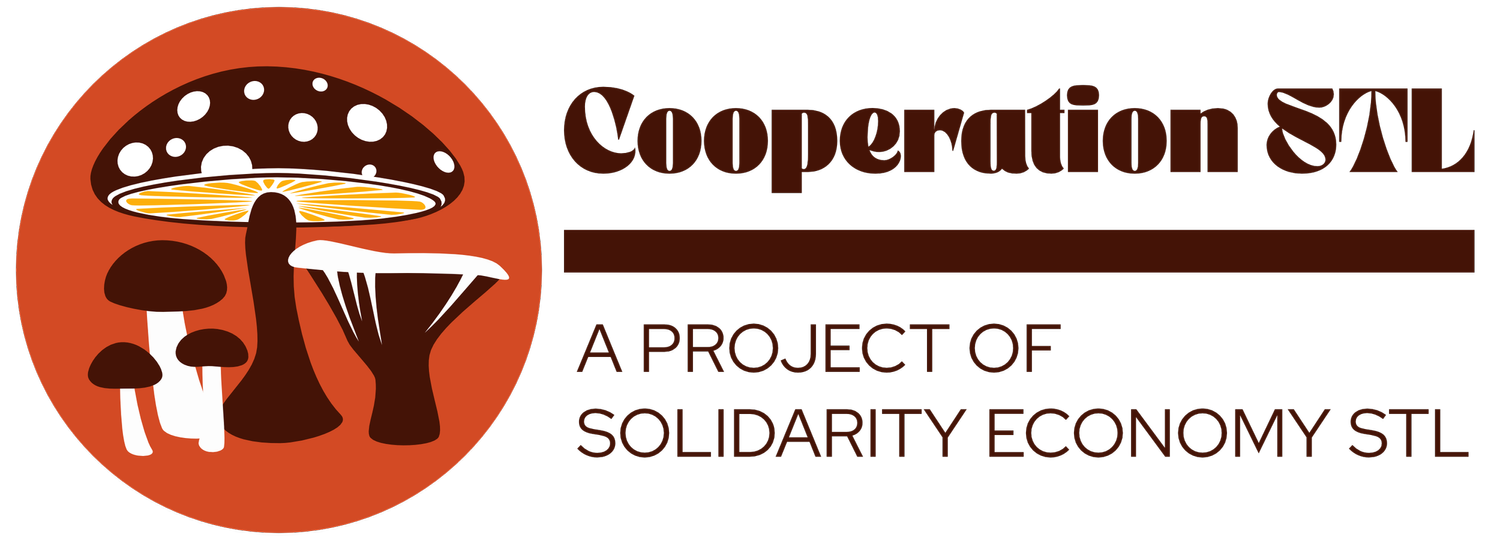Chapter 2: Developing Your Cooperative
IN THIS LESSON
We form cooperatives to share resources.
On this page, we discuss different ways to think about distributing the resources of your cooperative.
Benefit + Resource Distribution
Cooperatives are member-benefitting, which means every cooperative must decide how the resources of the cooperative will be distributed. For a worker cooperative, this could be business profits. For a grocery cooperative, this could be the ability to shop at the store or discounts on products.
If you have different types of membership, resources may be distributed in different ways:
By function
(workers vs. consumers)
By need
In our community:
By capital
contribution
By time spent
“We’re trying to think about “value” in ways that might not be money, even knowing that money is critical to people’s well being.”
“One of the troubles with worker co-ops is that founders take all the risks but if profits are shared on the basis of patronage forever, the founders never get compensated for the blood, sweat, and tears they put in, and then later when profits are bigger, whoever happens to be an employee then will get that benefit...Switchgrass Spirits came up with a good plan for that, with the basic idea being that there’s a difference between founding members and sustaining members. The company has to ‘buy itself’ from the founders after a certain amount of time, and after that transition everyone is a sustaining member.”
“There’s a concept of provisions vs. profit. Provisions are helping people with their daily needs. To us, basic universal needs are food, clothes, shelter, healthcare, spiritual fulfillment, and outlets for creativity. We’re championing provisions over profit. What is wealth generation? Is wealth generation solely money? The western measuring stick is how much money you got stacked up...Our metric is ’are we meeting the needs of the people and are we doing it in a sufficient enough way where we are sustaining everybody?’ That’s our metric.”
Case studies on resource sharing
*
Case studies on resource sharing *
Relay Online Marketing
“We have a novel profit sharing. All of our payments are profit sharing.... Every month, we all track our hours, and we track the business’ income. And then we add up all the hours and divide it by the income and end up with an effective hourly rate. And then we multiply that hourly rate by however many hours each person worked.”
Cherokee Consortium
“It’s three or four wealthy individuals understanding that they are co-investing and fronting money for individuals that do not have that same resource. They are willing to make those other individuals co-equal partners with the expectation that we will find a way to balance the scales, whether that’s on the front end or on the back end. If those wealthy folks invest, and the rest of us don’t pay them back immediately, the understanding is they get paid back when the building sells. They will have an interest-bearing note on what they invested if we don’t cover it on the front end. That transparency is key.
”
Hidden Alley Ranch
“Members build equity based on what they are able to contribute.... This system helps to facilitate income diversity because people with relatively higher incomes who want to live in a cooperative situation can still make well-reasoned financial decisions according to their means, and we can avoid the social and economic pitfalls of a system which would rely on higher income residents subsidizing lower income residents.”
How do you want to ensure that benefits and resources are distributed in your cooperative?
Download the worksheet and brainstorm with your community.

